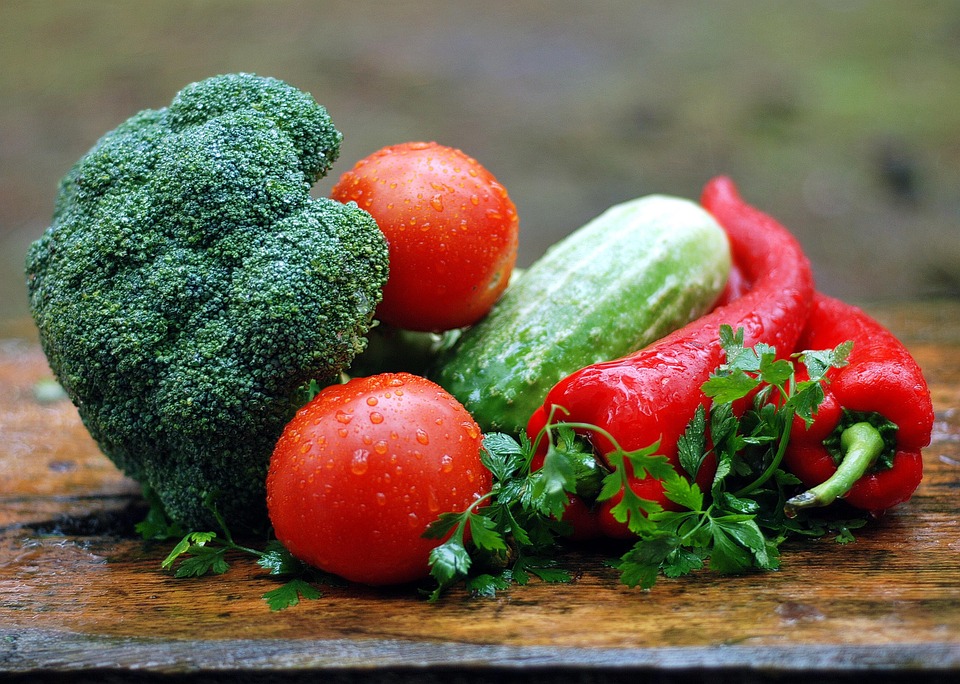In an age where mindfulness and health consciousness are paramount, embracing seasonal ingredients in your culinary creations can provide not only nourishment but also a refreshing approach to dining. Crafting a seasonal menu allows chefs and home cooks alike to celebrate the vibrant flavors and nutritional benefits that each time of year offers. Here’s how you can create a seasonal menu that energizes both the body and the soul.
Understanding the Seasonal Cycle
Before diving into the specifics of creating a seasonal menu, it’s crucial to understand the concept of seasonality in food. Ingredients that are harvested during specific times of the year tend to be fresher, more flavorful, and more nutrient-dense. For instance, spring brings an abundance of greens and herbs, while autumn is the time for hearty root vegetables and squashes. By focusing on what’s in season, you not only enhance the taste of your dishes but also support local farmers and reduce the environmental impact of transporting out-of-season produce.
Steps to Creating a Seasonal Menu
1. Research Local Seasonal Produce
Start by researching what fruits, vegetables, and herbs are in season in your area. Farmers’ markets and community-supported agriculture (CSA) programs are excellent resources. Seasonal produce varies by region, so it’s important to tailor your menu based on local availability.
Example Seasonal Calendar:
- Spring: Asparagus, peas, radishes, and strawberries
- Summer: Tomatoes, zucchini, corn, and berries
- Fall: Pumpkins, apples, sweet potatoes, and Brussels sprouts
- Winter: Kale, root vegetables, citrus fruits, and winter squash
2. Prioritize Freshness and Quality
When selecting your ingredients, prioritize freshness and quality over quantity. Seasonal produce is often available at its peak, delivering unparalleled flavor. Engage with local farmers or vendors to ensure you’re sourcing the best possible ingredients.
3. Designing the Menu
Create a balance of flavors, textures, and colors. A well-rounded menu might include:
- Starters: Light appetizers that feature raw or lightly cooked seasonal vegetables. Think spring pea soup or a summer tomato salad with fresh basil.
- Main Courses: Focus on proteins complemented by vibrant sides. Consider grilled chicken with a medley of roasted root vegetables in the fall or a quinoa bowl topped with fresh herbs and grilled asparagus in the spring.
- Desserts: Opt for desserts featuring fresh fruit, like a berry tart in the summer or an apple crisp in the fall.
4. Incorporate Elements of Nutrition
Energize your dishes by incorporating a balance of macronutrients—proteins, fats, and carbohydrates. Emphasize whole grains, lean proteins, healthy fats, and plenty of colorful vegetables. For example, a quinoa-based salad with seasonal veggies, avocado, and a lemon-tahini dressing can be both energizing and satisfying.
5. Add Creative Flair
Don’t shy away from experimenting! Incorporate unique flavor profiles using herbs, spices, and dressings. A sprinkle of za’atar on roasted vegetables or a drizzle of honey over fresh peaches can elevate your dishes and bring out the vibrant flavors of the season.
6. Mindful Pairing
Pair your meals with seasonal beverages. Fresh juices, herbal teas, or natural wines can complement your menu beautifully. For instance, a refreshing mint lemonade can be a perfect accompaniment to a summer salad.
Redefining the Dining Experience
Creating a seasonal menu is not just about the food; it’s also about the experience. Utilize your surroundings—set your table in a way that reflects the season, perhaps with fresh flowers or seasonal decor. This approach enhances the sensory experience of your meal and helps diners connect with the change of seasons in a more meaningful way.
Conclusion
Embracing a seasonal menu is a celebration of nature’s bounty and an opportunity to energize oneself with nourishing ingredients. By focusing on freshness, local produce, and mindful crafting of dishes, you can create meals that not only satisfy the palate but also invigorate the body and soul. So, step into the kitchen and let the seasons guide your culinary journey—your taste buds and health will thank you!



